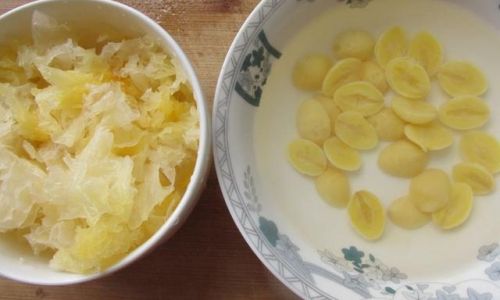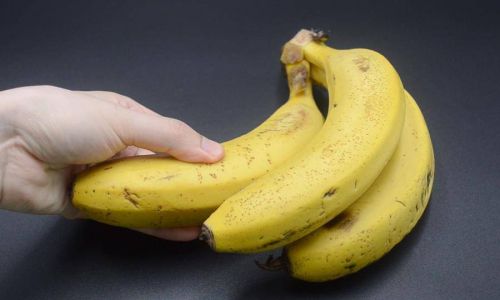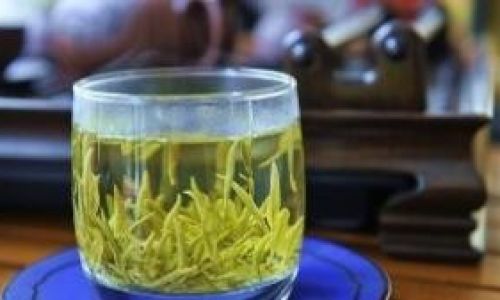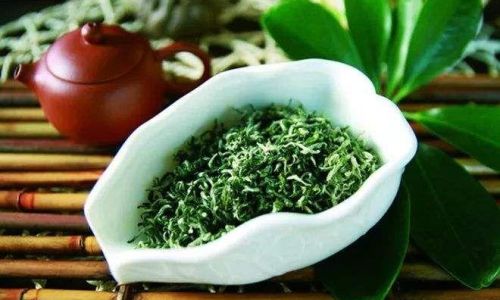Table of content
Ginkgo nuts, derived from the ancient Ginkgo biloba tree, have long been prized in culinary and medicinal traditions across Asia. Their unique flavor—a delicate balance of earthy sweetness and subtle bitterness—makes them a sought-after ingredient in soups, stir-fries, desserts, and even as a standalone snack. While traditional preparation methods often involve boiling or roasting over a stove, modern kitchens have embraced the microwave as a quick, efficient alternative. This article explores the nuances of microwaving ginkgo nuts, focusing on optimal timing, techniques, and tips to achieve golden, aromatic results every time.
Why Microwave Ginkgo Nuts?
The microwave offers unparalleled convenience for busy cooks. Unlike stovetop or oven roasting, which can take 15–30 minutes, microwaving slashes cooking time to just a few minutes. This method also preserves the nuts’ natural moisture, preventing them from drying out while still achieving a crisp exterior. Additionally, microwaving minimizes mess, requiring minimal oil and no elaborate setup.

Understanding Ginkgo Nuts: Fresh vs. Dried
Before diving into cooking times, it’s essential to distinguish between fresh and dried ginkgo nuts. Fresh nuts, often sold in their shell, have a softer texture and require slightly longer cooking to soften the flesh. Dried nuts, commonly available pre-packaged, are denser and may roast faster. Always opt for plump, unblemished nuts and discard any with cracks or signs of mold.
Step-by-Step Guide to Microwaving Ginkgo Nuts
Preparation
- Shelling: If using fresh nuts, crack the shells carefully using a nutcracker or the flat edge of a knife. Wear gloves to avoid staining your hands, as ginkgo shells can leave yellow residues.
- Cleaning: Rinse the shelled nuts under cold water to remove any debris. Pat dry thoroughly to prevent sizzling in the microwave.
- Scoring (Optional): For faster, more even cooking, lightly score the flesh with a knife. This step is optional but helps steam escape during microwaving.
Seasoning and Oiling
- Toss the nuts in a teaspoon of neutral oil (e.g., grapeseed or vegetable oil) to promote browning.
- Sprinkle with salt, sugar, or spices like five-spice powder for added flavor. Skip this step if using the nuts in savory dishes.
Microwaving Process
- Container: Use a microwave-safe dish with a lid or vented plastic wrap to trap steam. Avoid metal containers.
- Layering: Arrange the nuts in a single layer to ensure even heating. Overcrowding can lead to uneven roasting.
- Power Setting: Set the microwave to 80% power (or “medium-high”) to prevent scorching. Full power may cause the nuts to burn before cooking through.
Critical Timing Guidelines
The ideal microwaving time varies based on quantity, microwave wattage, and nut freshness. Here’s a breakdown:
| Quantity | Microwave Wattage | Recommended Time |
|---|---|---|
| 1/4 cup (60g) | 800–1000W | 1–2 minutes |
| 1/2 cup (120g) | 800–1000W | 2–3 minutes |
| 1 cup (240g) | 800–1000W | 4–5 minutes |
Key Tips:

- Check at 30-second intervals to avoid overcooking.
- Listen for sizzling: A gentle sizzle indicates proper moisture release.
- Adjust for freshness: Fresh nuts may need an extra 30 seconds.
Factors Affecting Cooking Time
- Microwave Wattage: Lower-wattage microwaves (700W or less) may require 20–30% more time. Conversely, high-wattage models (1200W+) need shorter intervals.
- Nut Size: Larger nuts take longer to cook. If yours vary in size, separate them before microwaving.
- Altitude: At high elevations, lower air pressure may reduce cooking time slightly.
Signs of Doneness
- Color: Nuts should turn golden-brown with speckled dark spots.
- Texture: When cooled, they should be crisp on the outside and tender inside.
- Aroma: A toasty, nutty scent indicates readiness.
Safety Precautions
- Use oven mitts: The dish will be hot.
- Avoid overcrowding: Steam buildup can cause splattering.
- Let rest: Allow nuts to cool for 2–3 minutes before handling; they retain heat.
Serving Suggestions
- As a snack: Toss with sea salt and a pinch of cayenne.
- In salads: Add to greens with pomegranate seeds and goat cheese.
- In desserts: Incorporate into ice cream or mochi for a unique texture.
- In soups: Simmer in broth for 10 minutes to mellow their bitterness.
Troubleshooting Common Issues
- Uneven cooking: Stir the nuts halfway or use a rotating microwave tray.
- Burnt edges: Reduce power to 70% and check more frequently.
- Undercooked centers: Microwave in 15-second bursts until done.
Comparing Microwaving to Other Methods
| Method | Time | Pros | Cons |
|---|---|---|---|
| Microwave | 1–5 minutes | Fast, energy-efficient | Requires careful monitoring |
| Stovetop | 10–15 minutes | Even cooking, classic flavor | Longer time, higher effort |
| Oven | 20–25 minutes | Hands-off, large batches | Preheating required, heat loss |
Storage Tips
Roasted ginkgo nuts keep best in an airtight container at room temperature for up to a week. For longer storage, freeze them for up to three months; reheat in the microwave for 20–30 seconds.
Advanced Techniques
- Glazed nuts: After microwaving, toss with a mixture of honey and soy sauce, then return to the microwave for 10-second intervals until caramelized.
- Spiced mix: Combine with pumpkin seeds, rosemary, and smoked paprika for a savory trail mix.
Conclusion
Microwaving ginkgo nuts is a game-changer for home cooks seeking efficiency without sacrificing flavor. By mastering timing, adjusting for variables like wattage and quantity, and adhering to safety guidelines, you can transform these ancient seeds into a versatile, delicious ingredient. Whether enjoyed solo or incorporated into recipes, perfectly microwaved ginkgo nuts offer a taste of tradition with modern convenience. Experiment with seasonings and pairings to discover your favorite preparation—and never hesitate to adjust cooking times based on your microwave’s quirks. With practice, you’ll achieve golden, aromatic results every time.






0 comments